The Camino de Santiago, also known as El Camino, is a journey undertaken by hundreds of thousands of people every year. Since the Middle Ages, religious pilgrims have walked to the city of Santiago de Compostela to visit the shrine of the apostle St. James the Great. Today, the route, which stretches across Spain, continues to be travelled by those on spiritual journeys as well as by hikers, cyclists, and people who just want to challenge themselves with a long walk. Photographer Ameena Rojee reflects on her time walking the Camino.
Walking has always gone hand in hand with photography. It is a mode of travel like no other—you are completely reliant upon the strength and will of your own body, but you are journeying slowly enough to stop, to look, to notice. It gives you strength, physically and mentally.
Often, walking becomes an exercise in looking—looking at your surroundings, looking at yourself, and looking inside your own mind.
Of this practice, the pilgrimage is an ancient tradition which is experiencing a contemporary revival. Originally a religious custom of the more devout, the 21st century pilgrimage has become something different for many: a challenge, a way to connect with loved ones, a fun experience or holiday, or something spiritual.
The Camino de Santiago is one of the most well-known pilgrimages around the world. It is believed that the martyred apostle St. James was brought to and buried in what is now the city of Santiago de Compostela. Beginning in the South of France, the most well-known route climbs over the Pyrenees and runs almost 800km across a changeable landscape until reaching the end point—the cathedral of Santiago de Compostela in Galicia, North Western Spain.
Walking becomes an exercise in looking—looking at your surroundings, looking at yourself, and looking inside your own mind.
The pilgrimage has numerous routes, beginning from all across Spain, and even several starts and finishes in other European countries. Some say that the pilgrimage begins the moment you leave your front door.
In 2016, as summer turned to autumn, I set off on on this long walk, inspired by the physical and mental challenge. It was also a way to explore my roots. Spain is my mother’s country, and Galicia, the region in which the pilgrimage ends, is her birthplace.
Over the years, I have been to few places around this region, only visiting family on short holidays. I had never fully experienced the culture, as one is able to do when travelling alone, and so I wanted to begin to understand this place which makes up half of my heritage.
The walk became a largely simplistic daily routine: eat, walk, sleep, repeat. The days were mostly spent in varying levels of pain and tiredness. At the same time, my focus turned outward to the places, the people, and the changing land around me—the heat of the burning afternoon sun, and the fresh chill of the misty mornings.
Except for my walking partner and a handful of friends we made on the road, I spent most of the time quietly observing, not really interacting or seeking to interact. I first considered the project would be about why people made the difficult pilgrimage. Once I was out there, it became less about the why and more about the moments themselves.
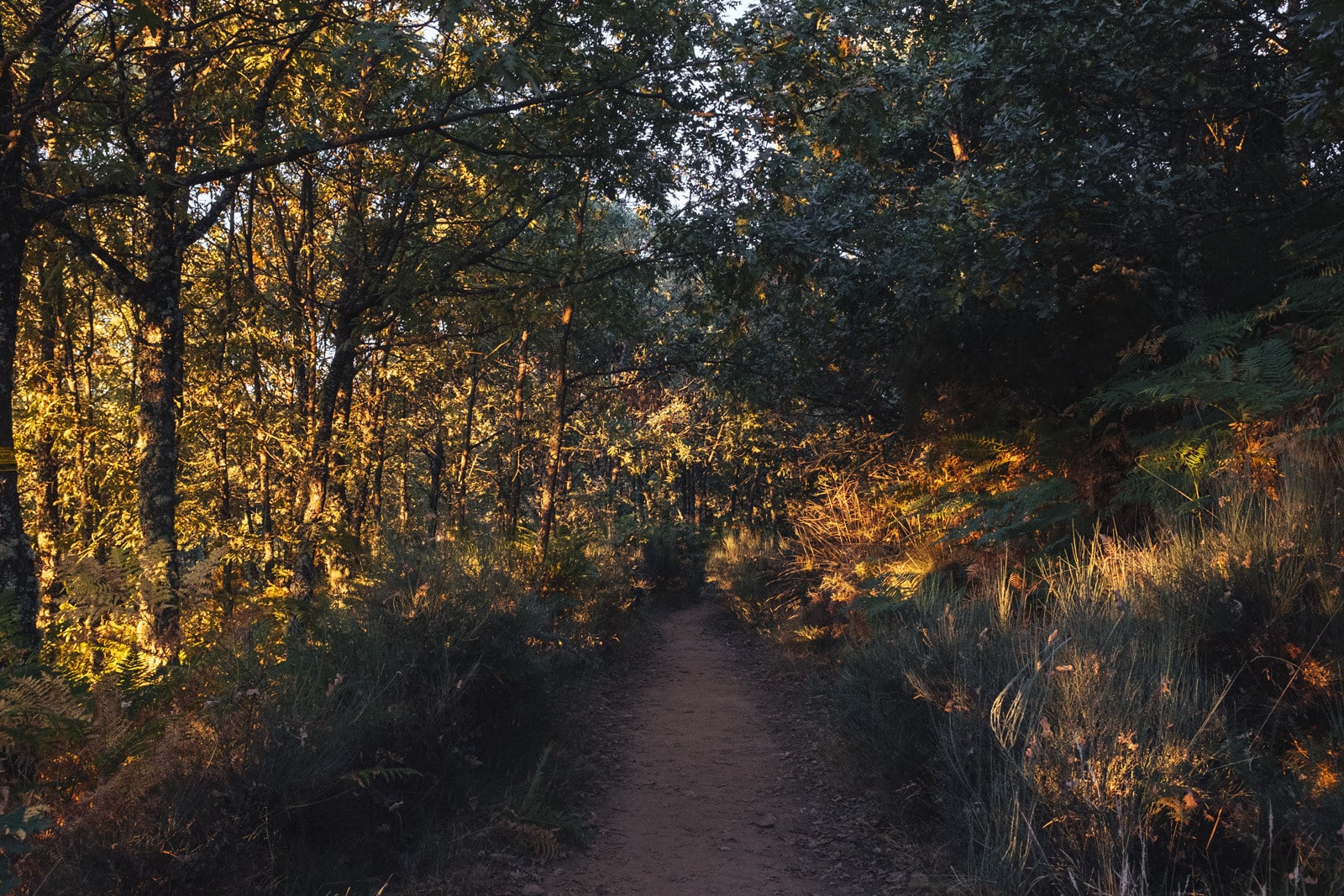
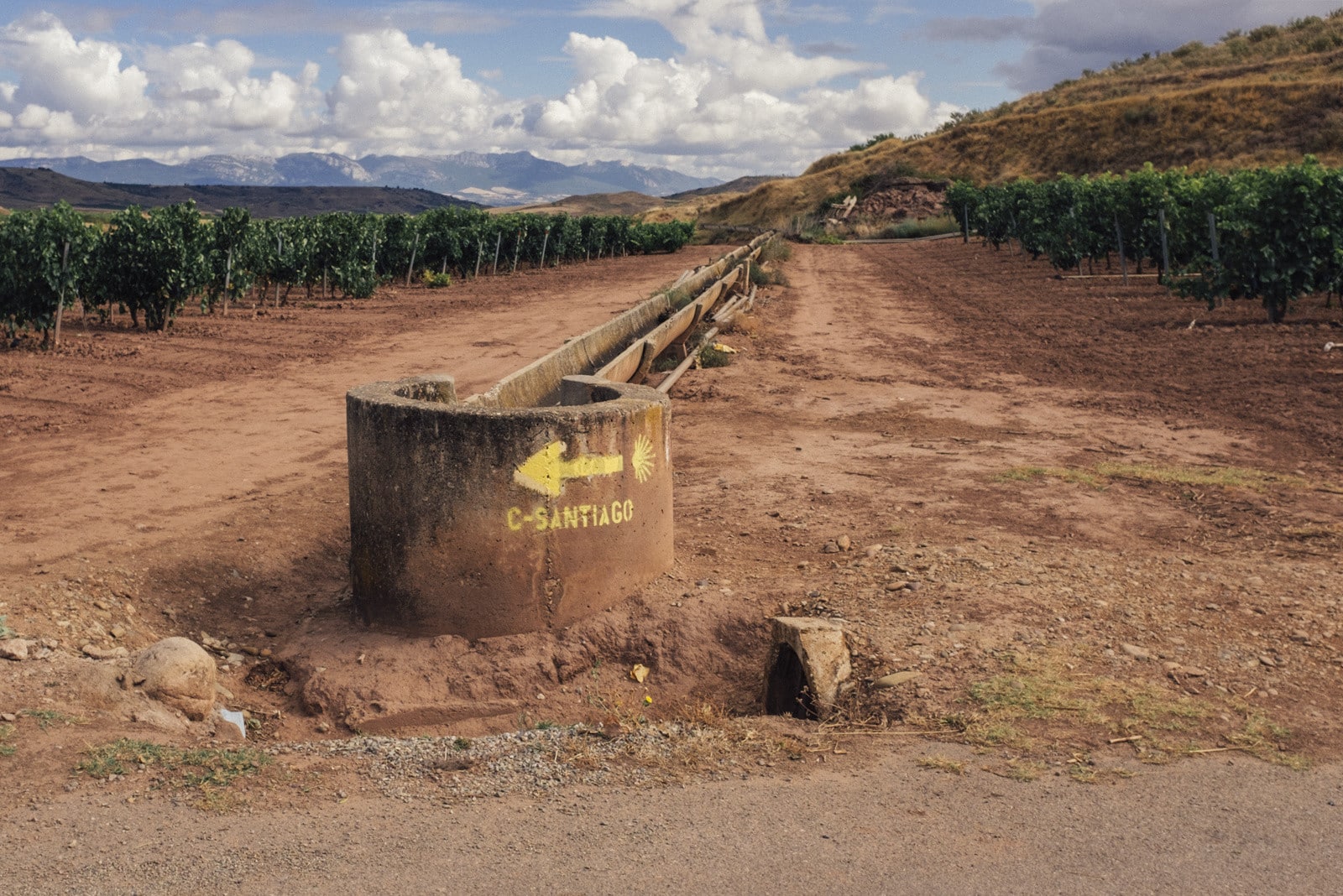
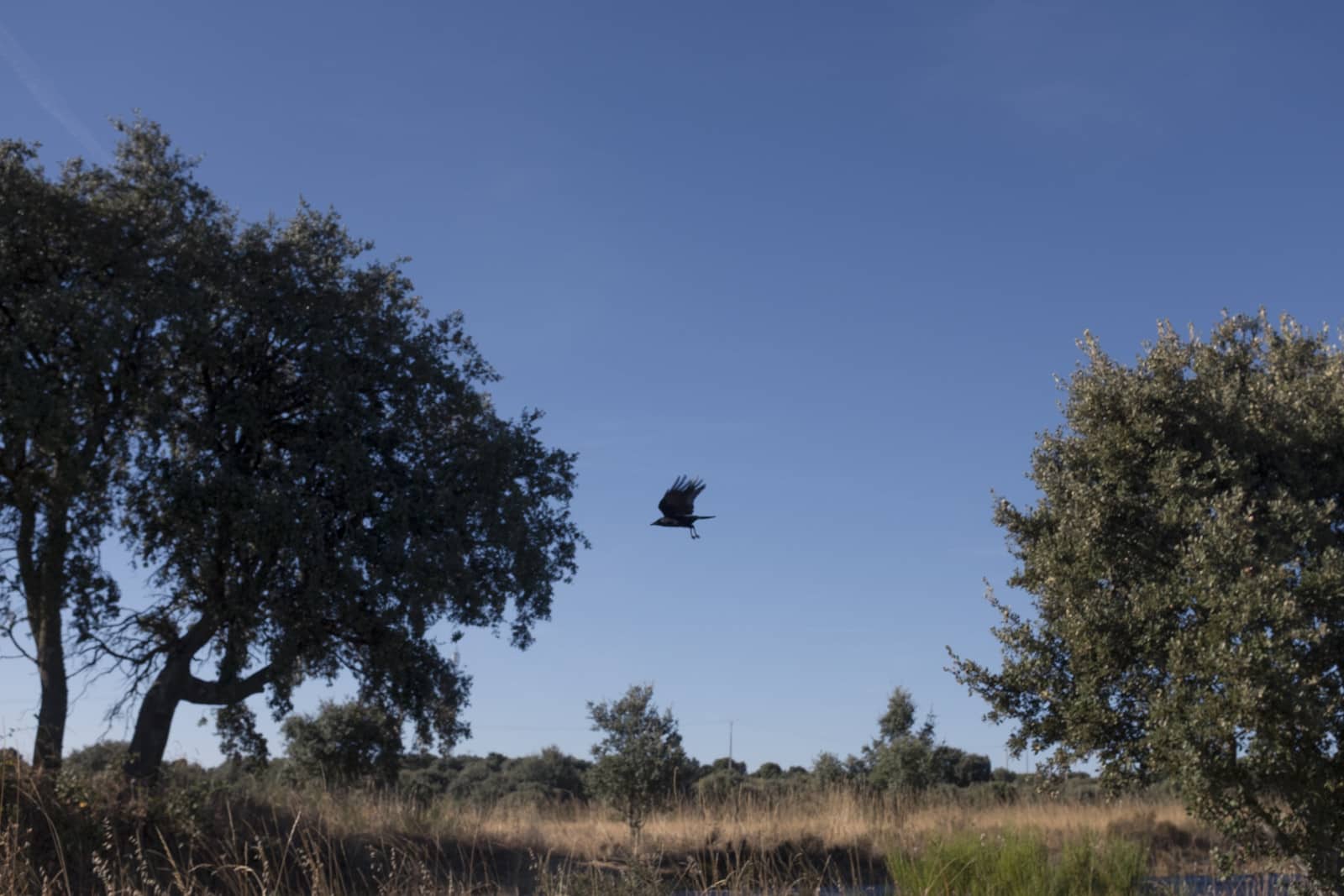
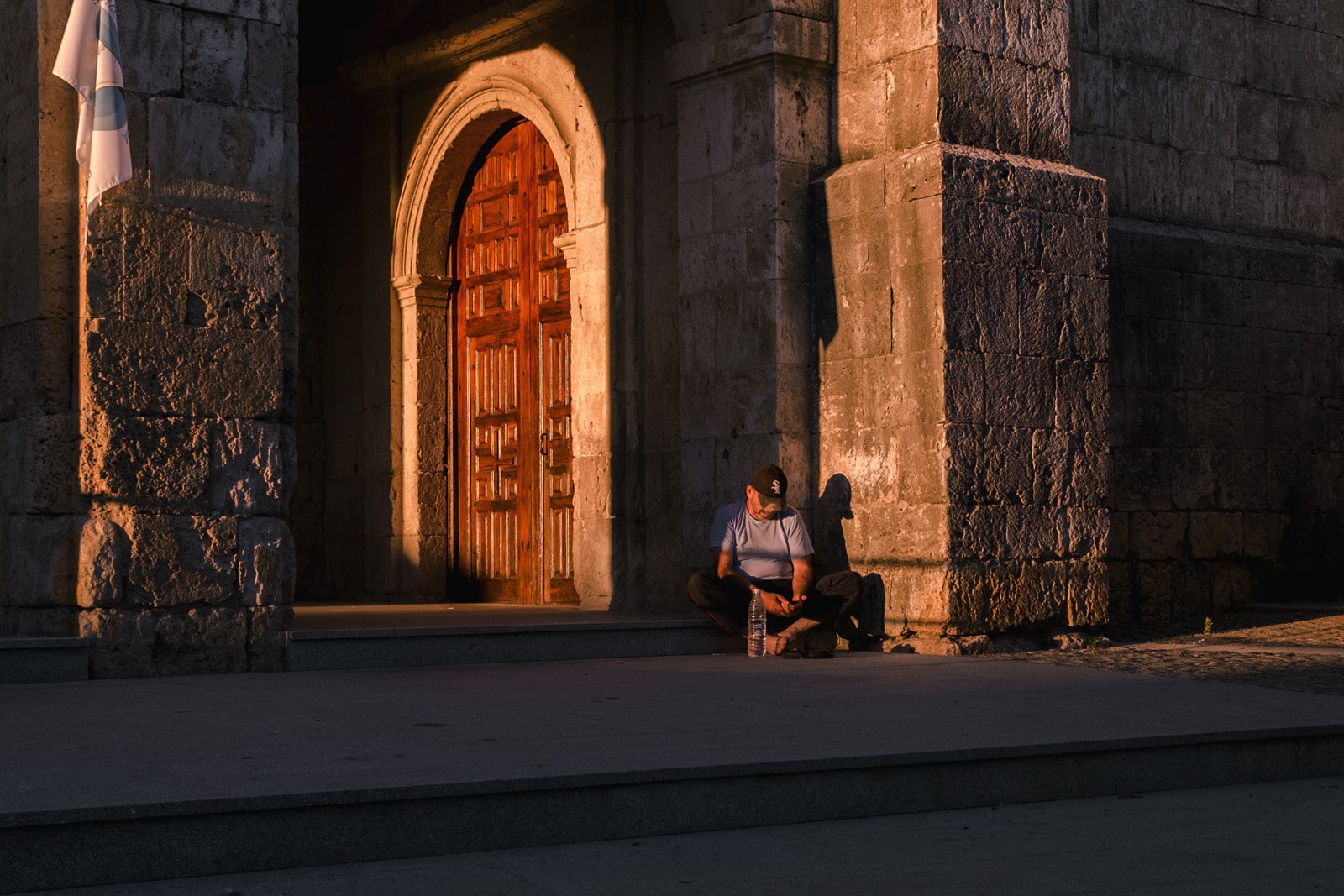
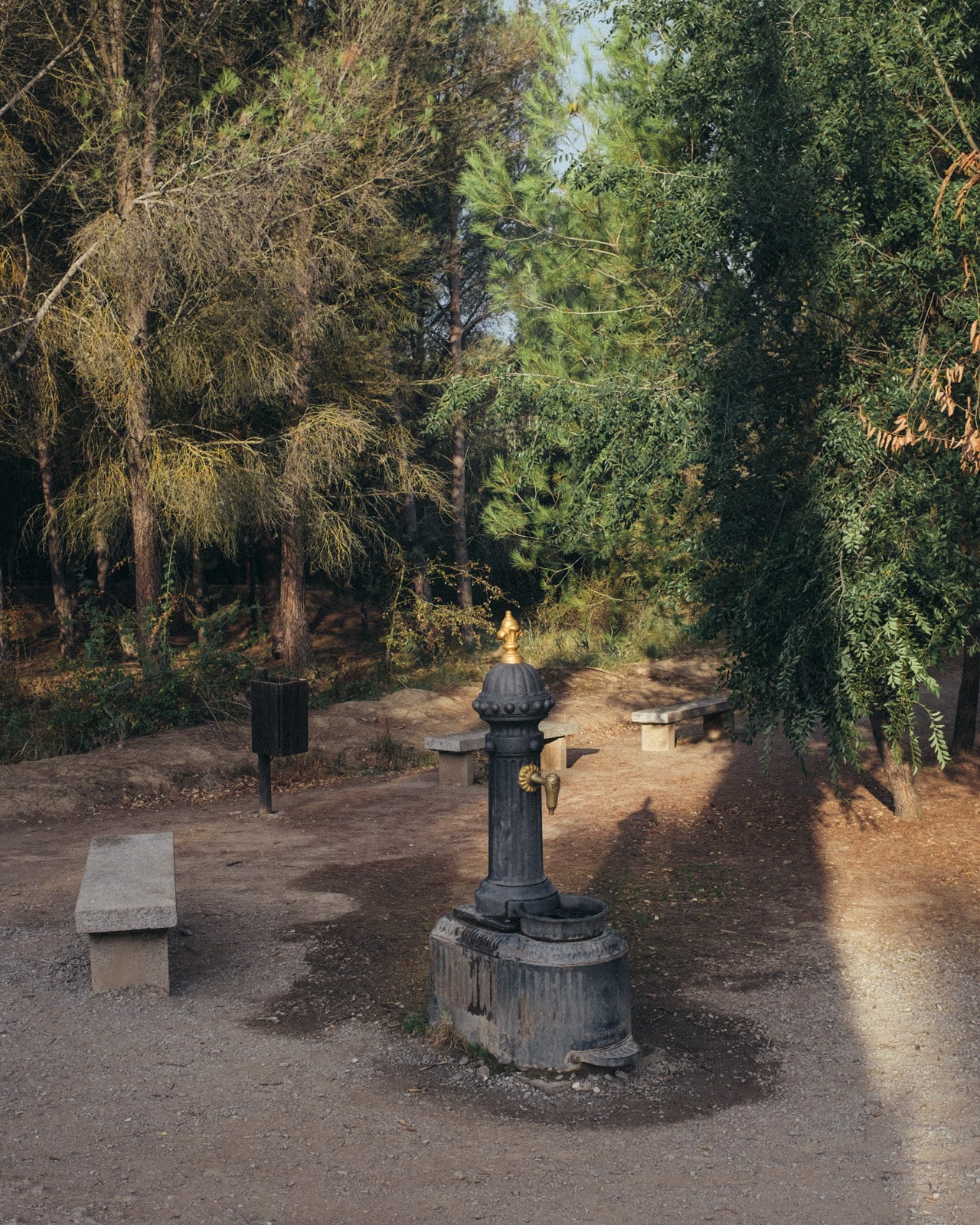
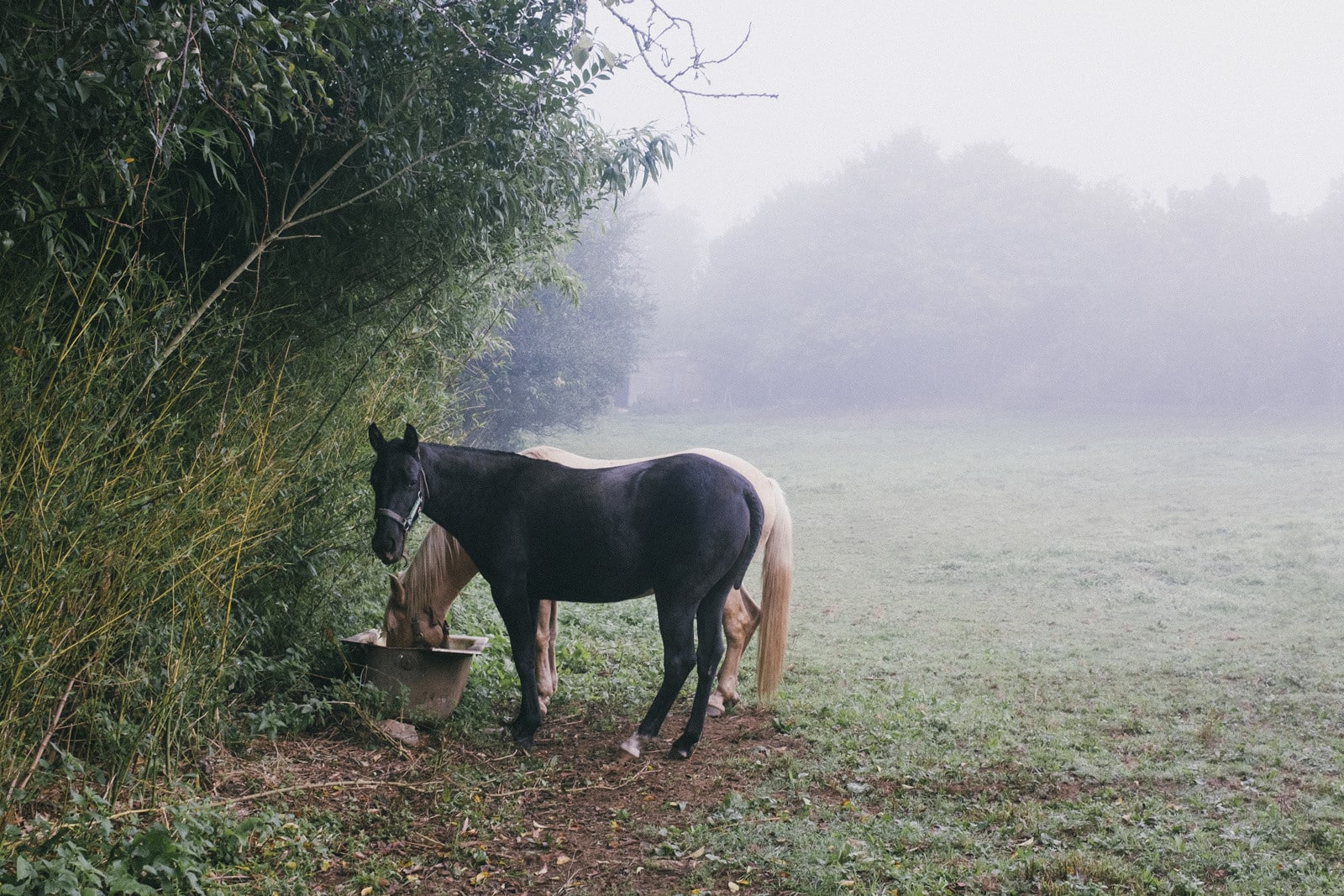
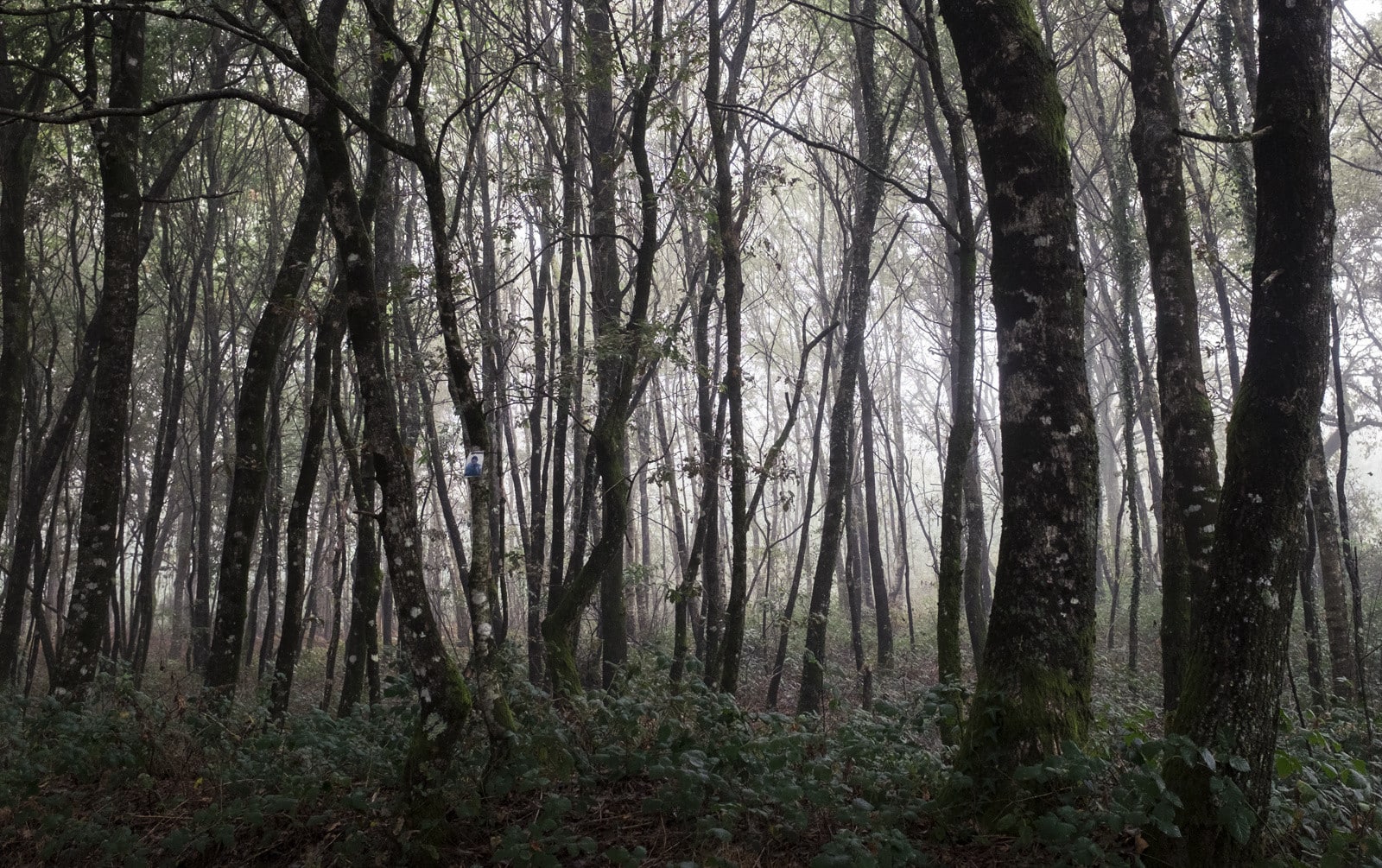
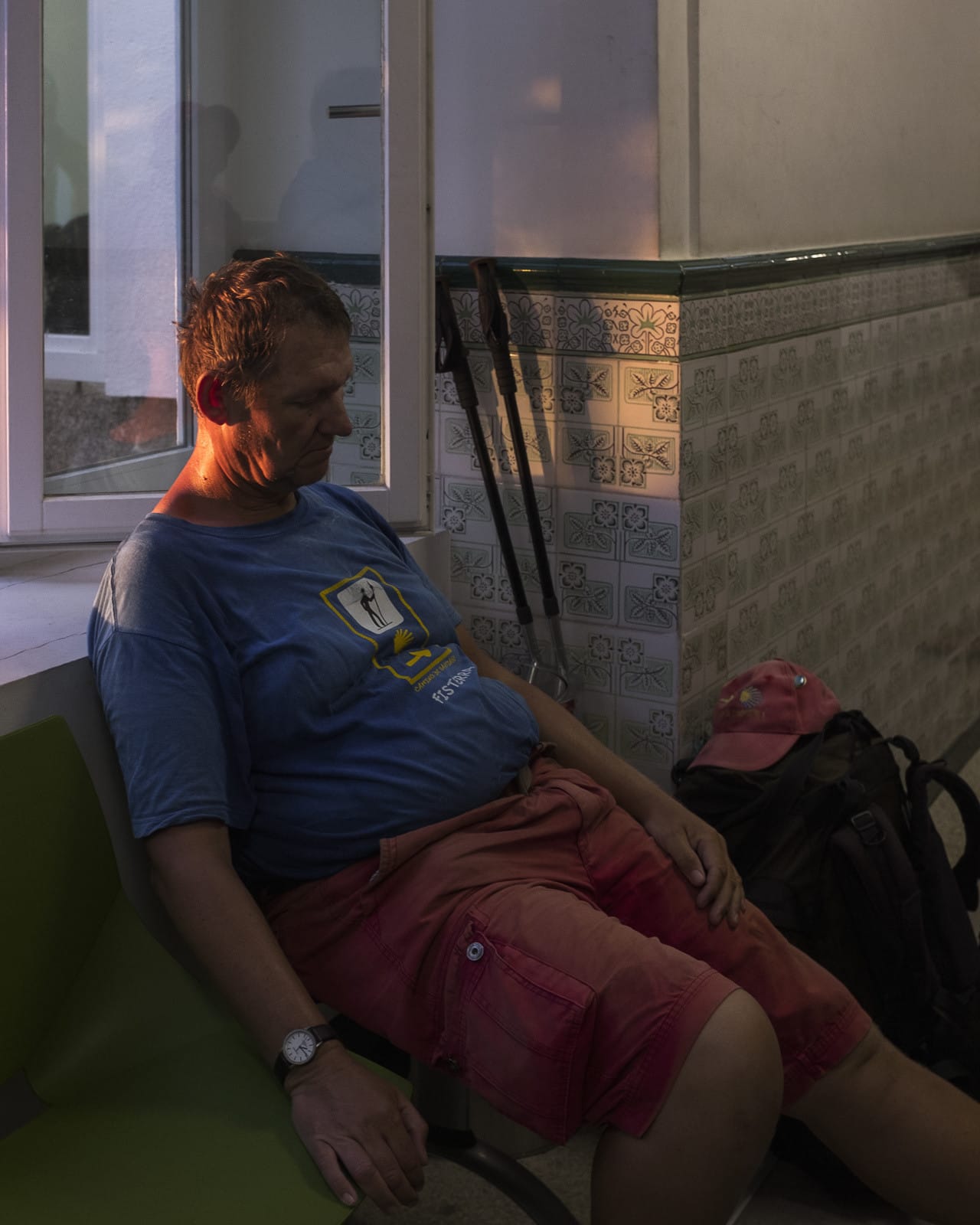
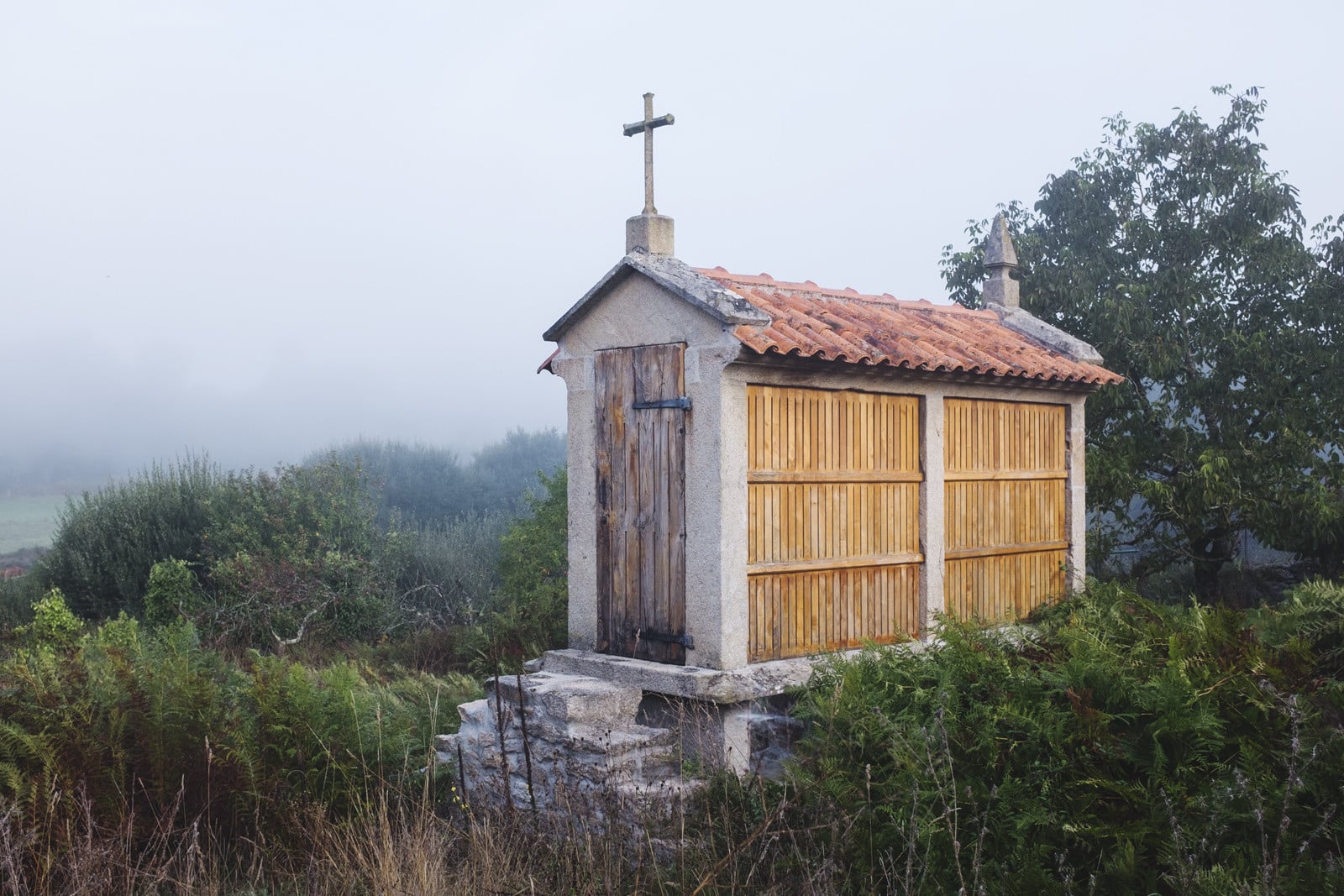
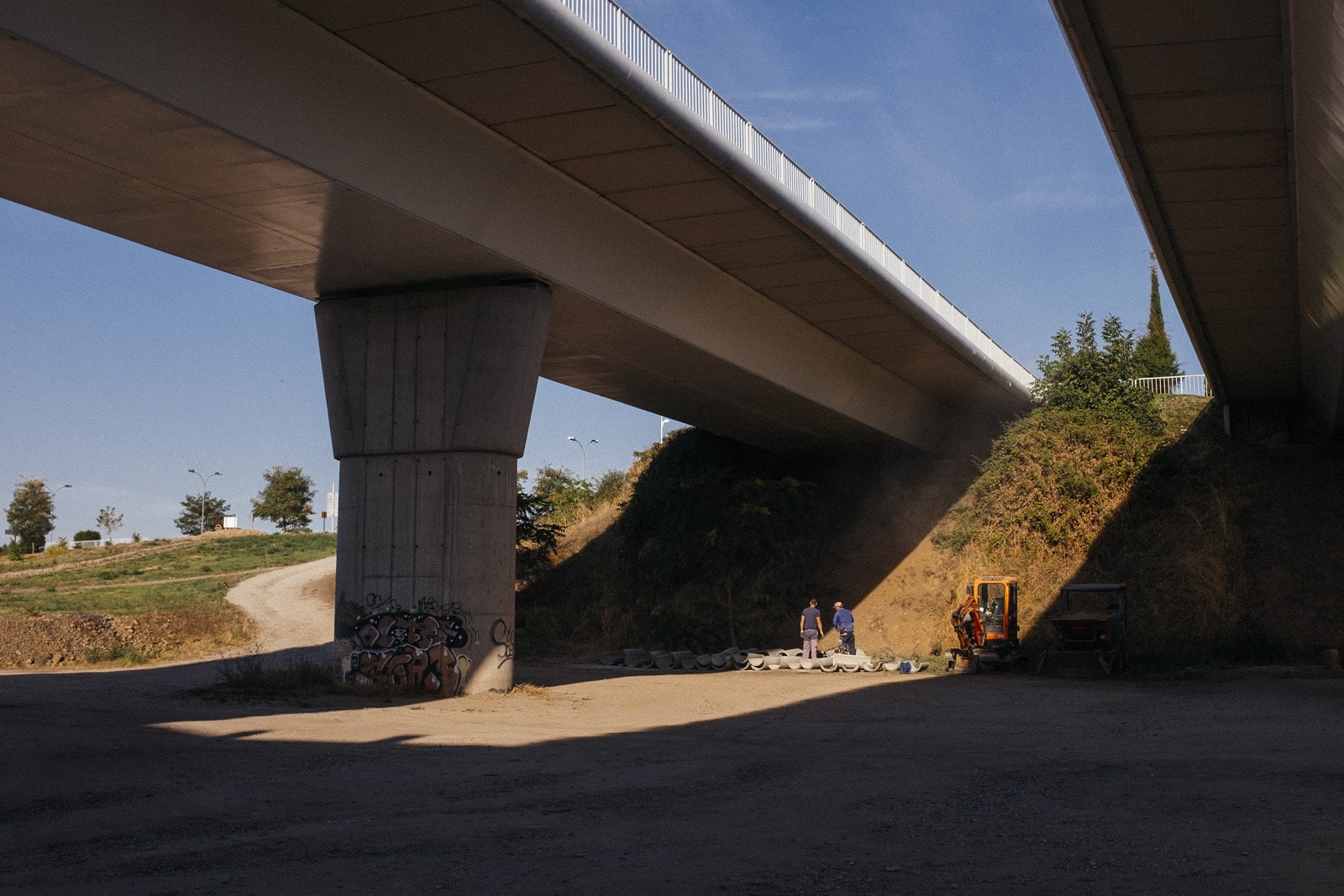
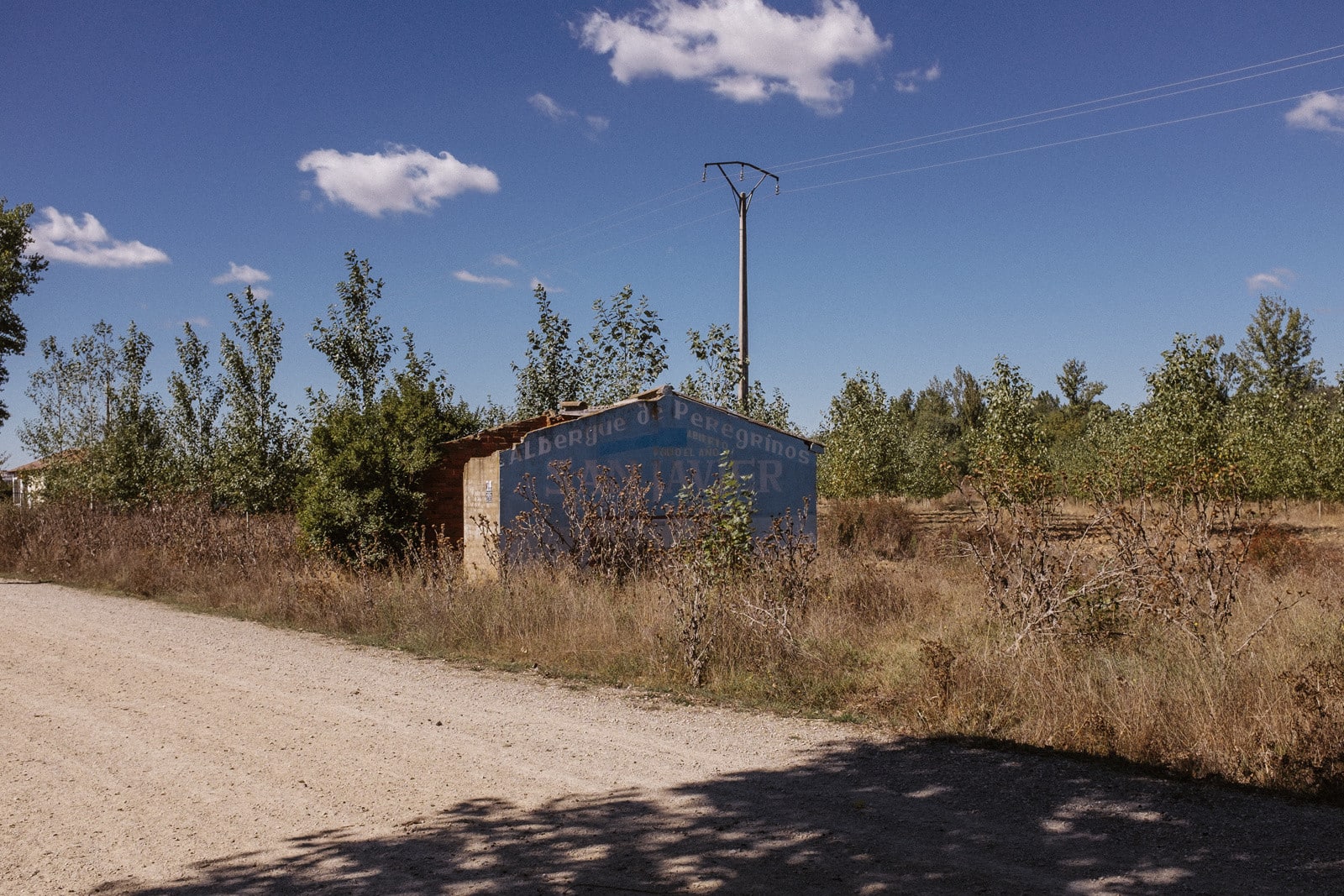
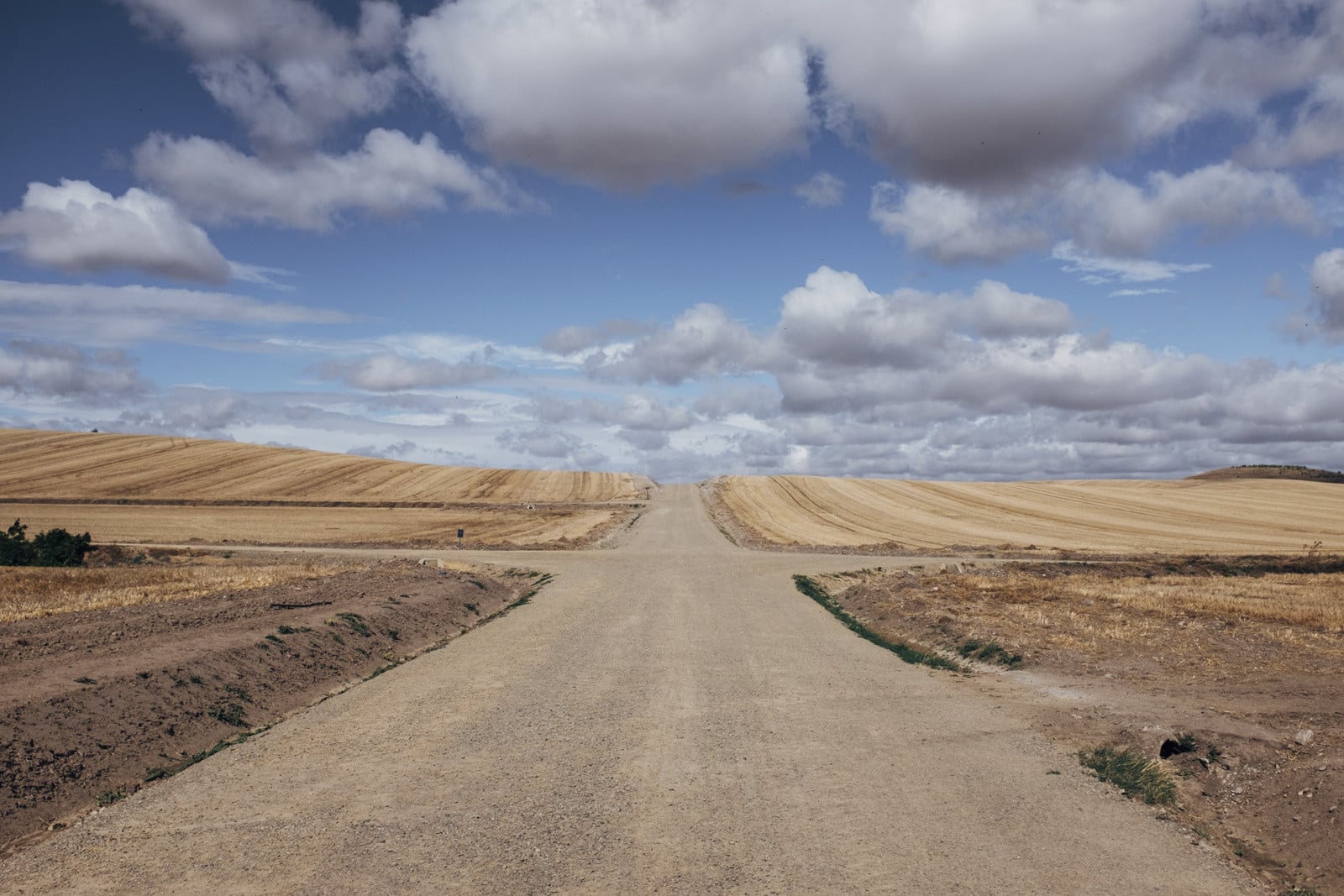
Ameena Rojee is a London-based photographer and editor of Of the land and us.
More travel photography:
Photographing Faces, Religion, and Memory in San Salvador de Jujuy
Documenting the Hidden Mountain Shrines of Northern Italy
20 Travel Photography Portfolios From Around the World












